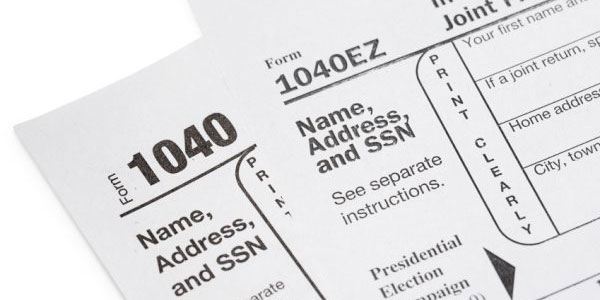
For a certain amount of time, say five or ten years, a balloon mortgage is organized as a standard loan with principal and interest payments spread out over thirty years. However, after that five- or ten-year period, you will be required to make a one-time payment in the form of a lump sum equivalent to the whole amount you still owe. The advantage is a reduced interest rate compared to mortgages with fixed rates for longer terms. You get a standard loan for a couple of years, and then suddenly, BAM! Pay up; you're done. Who in their right mind would desire such a thing?
When A Balloon Mortgage Might Be Right For You
If any of the following apply to your financial situation:
- When the balloon payment is due, it is unlikely that you will still live in the home. You are aware of this with a high degree of confidence.
- Again demonstrating your high level of self-assurance, you expect that you will be given a lump sum payment that is at least equivalent to the balloon payment that will become due. This may come in the form of a bonus or a series of yearly bonuses, an inheritance, or the proceeds from selling another property.
- You are certain that you will be able to refinance the loan before the conclusion of the term, as shown by the fact that you hold this belief.
Pros
- You will likely be eligible for an interest rate noticeably lower than a conventional fixed-rate loan, resulting in a reduced monthly payment.
Cons
- None of the very likely outcomes described above will come to pass.
- If you need to refinance before the balloon payment is due, there is a chance that your interest rates will be higher.
- If property prices continue to fall, you may no longer have the choice to refinance or sell your home.
A Balloon Mortgage Might Be Hard To Find
Back in the "Wild West" days of house lending, people used to get loans called balloon mortgages shortly before the housing bubble burst. They are not as readily available as they formerly were.
Because adjustable-rate mortgages (ARMs) include rate ceilings that restrict how high the interest rate may go, they could be a better option for most borrowers who need a solution for a short- to a medium-term mortgage. Even better, there is no impending balloon payment to act as a ticking time bomb in the future.
The Workings of a Balloon Mortgage
Mortgages with balloon payments are not considered "fully amortized" in the language of finance. In other words, these loans are set up with monthly installments that would allow them to be paid off over a longer period than the loan's actual duration. Because of this, there will be a remaining sum after the loan period that the borrower is responsible for paying. Every balloon mortgage, just like every other kind of loan, has certain qualities in common, including the following:
- Loan amount
- Interest rate
- Loan term
- Loan amortization schedule

The lender determines the regular monthly payments that the borrower must make, as well as the residual sum that will be due by the borrower after the mortgage has been paid off. These calculations are performed using the features described above.
In reality, most balloon payments are paid not with cash but with the profits from a new loan. The borrower obtains new financing for the same debt, often from the original lender.
As a result of the reduced risk associated with short-term balloon loans for the lender, borrowers may take advantage of lower interest payments or interest rates with balloon mortgages than they would be able to get with a traditional long-term loan. It's even possible that you'll have to pay interest.
Who Should Get a Balloon Mortgage
Mortgages with balloon payments are only sometimes the best option. Because they leave borrowers owing enormous lump amounts that they may only be able to manage by taking out a new loan, they are seen as considerably riskier mortgage products for borrowers. As a result, many lenders still need to offer them. But there are circumstances where a mortgage with a balloon payment is the most advantageous choice.

Two of the most common scenarios in which balloon mortgages make sense are as follows:
- The borrower's inconsistent income prevents them from being eligible for a long-term loan with a set interest rate.
- The buyer will make a down payment and then monthly payments to the seller, much as they would with a bank loan; however, the seller only wishes to keep a note for up to five or ten years. A transaction will be arranged such that the seller will finance the acquisition.



